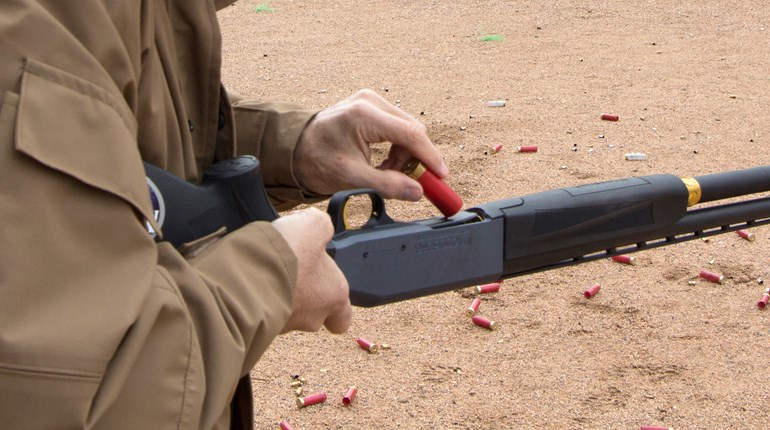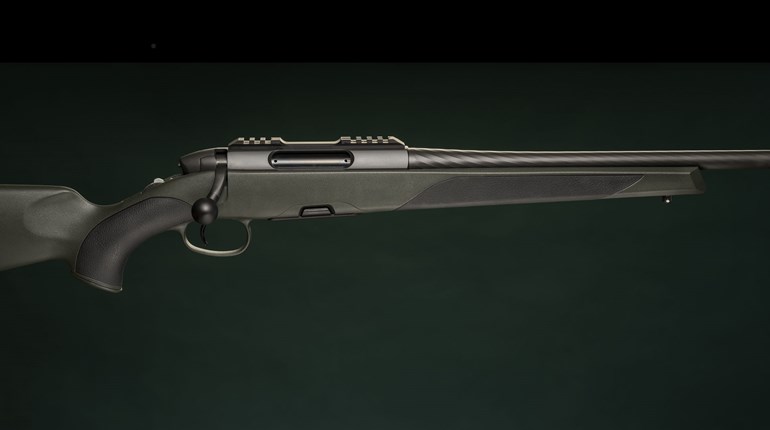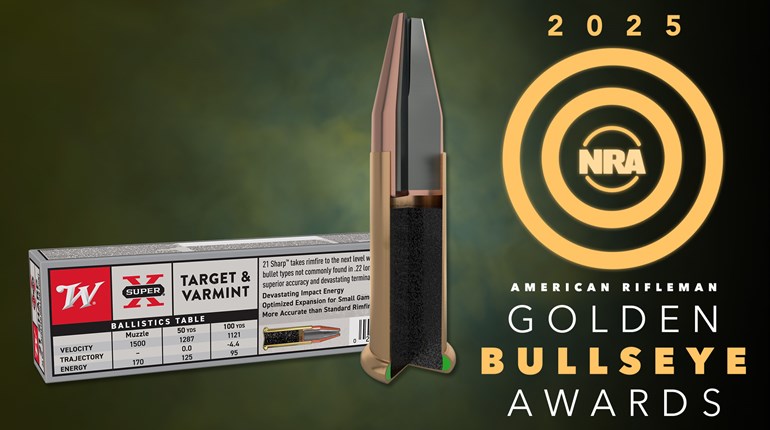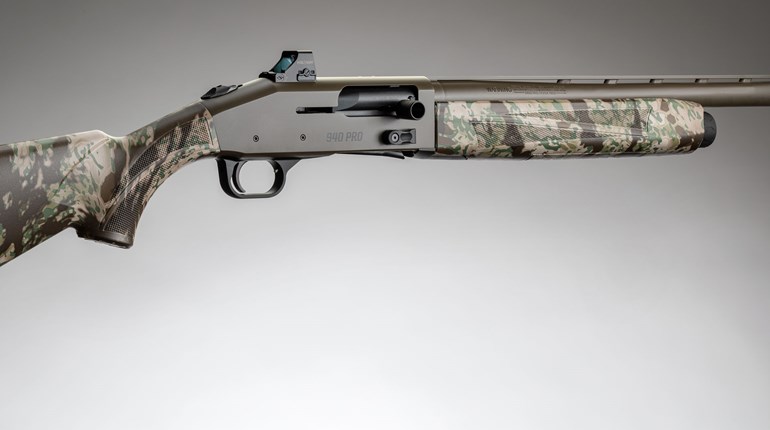
One of the most-common mistakes new gun owners make is believing that by merely learning the basics of gun safety and marksmanship, they’ll be prepared to defend their life with a gun. That’s like someone learning the fundamentals of throwing a football, then believing they’re ready to be a quarterback. In reality, target shooting on a range is one of the easiest aspects of defensive handgun use. Equally important—but far more difficult to master—are the more-advanced elements, such as moving while reloading so an attacker isn’t presented with an easy target. But if you practice the following drill until it becomes second nature, your chances of surviving such an attack will increase.
The “father of modern hand-gunning,” Col. Jeff Cooper, seems to have been the first to document this drill, consisting of drawing and firing two rapid shots to a target’s chest (also called center mass), followed by one shot to the head, all under the induced pressure of a stopwatch.
This drill (under various names) has now become standard among defensive and combat handgun practitioners for its obvious usefulness in self-defense scenarios. The idea is to successfully stop an aggressor who continues to be a threat after the first two shots. However, there is something important this standard drill doesn’t address—we need to add a go portion to get out of Dodge after we take our shots to stop the aggressor.

Stop-and-Go Dril
Start this as dry practice, since you will need to learn how to move your feet so as not to trip. Be purposefully slow and calculated until the movements are committed to muscle memory. Whether in dry practice or loaded, remember to always keep the gun pointed in a safe direction and always keep your finger off the trigger except when your sights are actually on target.
1. Stage your firearm by loading one round in the chamber and two in its magazine, then holster it in your preferred everyday-carry method.
2. Load three rounds into a spare magazine and place it in a weak-side pocket or a mag pouch on your belt.
3. Stand five yards from a silhouette (humanoid-outline) target.
4. From a “ready” position with your hands by your side, draw your firearm and fire two shots to center mass.
5. Quickly assess whether the target is still attacking (it always is, for this drill), then fire one shot to the head.
6. As soon as you fire the third shot, take two steps to your left or right while dropping the magazine in your gun, replacing it with the spare and chambering a round.
7. As soon as possible, fire two more shots to the body and one more to the head.

Strive to complete this drill in under 10 seconds to start. With practice, you should be able to shoot this drill in under five seconds. (If you don’t have a shot timer, free apps are available to download to smartphones.) If you routinely miss, you’re likely going too fast. Slow down and focus on the front sight and a smooth trigger pull. Only when all shots strike the target should you speed up.
Remember, the “go” portion is as critical as the “stop” portion. It’s just as important to practice moving to cover and away from danger as it is to practice shooting well, because in a defensive-gun situation, you’ll often be reacting to an attack. To move while simultaneously reloading is akin to rubbing your belly while patting your head—it’s more difficult than it sounds and requires a lot of practice!
In subsequent renditions of this drill, you may want to introduce obstacles such as bricks to step over (again, start with dry practice) or a no-shoot target that you must move around to avoid; then you can add a large cardboard box or a stack of tires—anything that represents cover—to move behind before shooting the second string of shots.
Once you master the art of firing swiftly and accurately, all while reloading as you seek cover, you’ll be well on your way to truly mastering the art of defensive handgun use. Until then, always follow the NRA rules of gun safety, train smart and practice often.


































